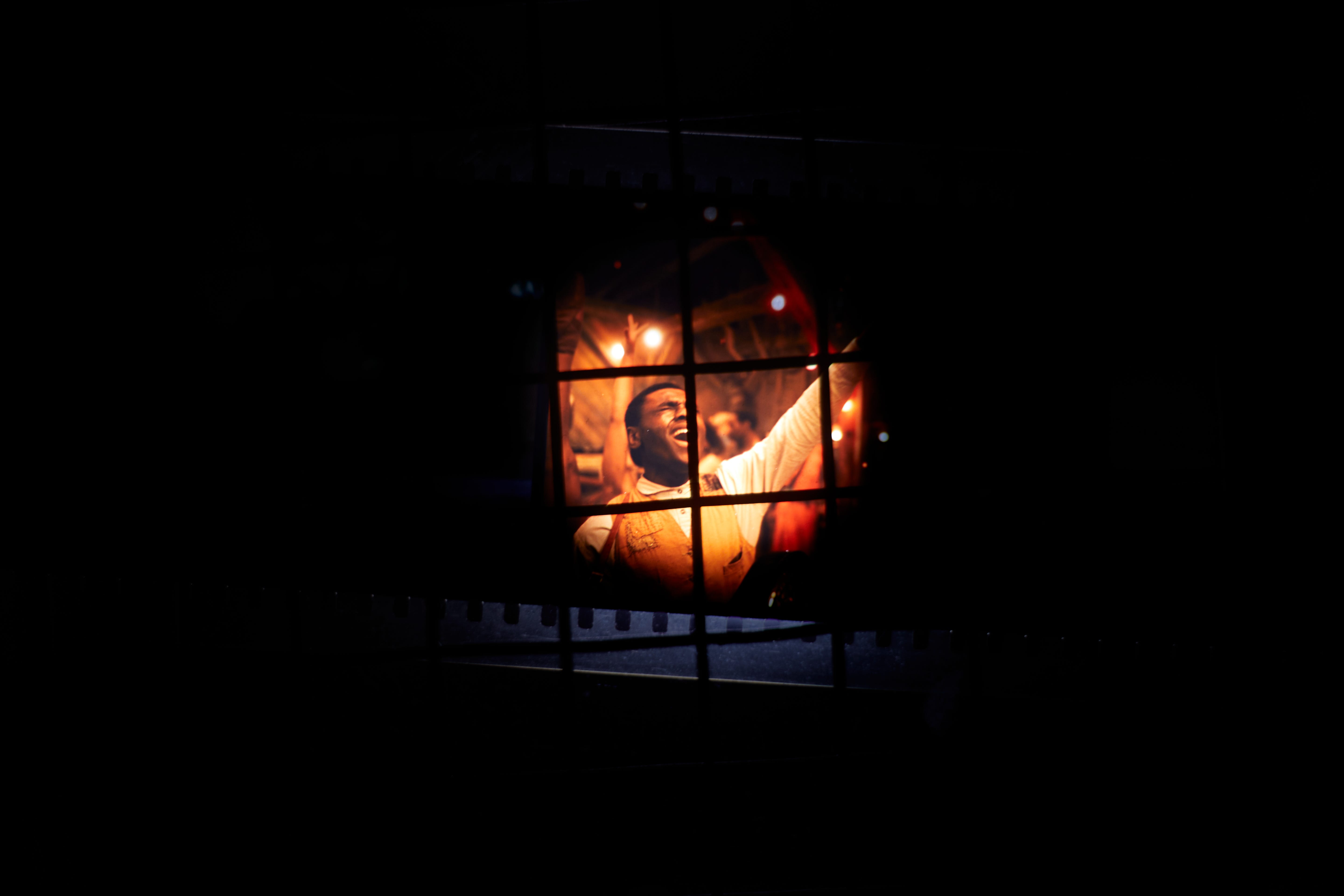Sinners is haunted by History
Ryan Coogler’s latest contribution to the Hollywood blockbuster canon is a chilling triumph
Ryan Coogler’s latest contribution to the Hollywood blockbuster canon is a chilling triumph—haunted by history and infused with imaginative moonshine. Rooted in the methodology of critical fabulation, Sinners tells the story of the blues, the 20th-century Great Migration, and the rise of street crime in Prohibition-era Chicago and Mississippi. With this film, Coogler, an accomplished director and frequent collaborator of Michael B. Jordan, extends his signature filmography, satisfying cinephiles invested in the cultural and industrial development of America.
History has been a cornerstone of Coogler’s storytelling. In Fruitvale Station (2013), Oscar Grant is rendered immortal. In Sinners (2025), the blues, Coogler’s own grandfather, and Black identity itself are eternalised. For the technically inclined, the director also stirs excitement around the ‘5 to 15 perf’ perforated celluloid. He doesn’t just direct; he delivers cinema as artifact. In doing so, Coogler deepens the director-spectator relationship, challenging viewers to choose a vice. I booked my IMAX tickets early, an indulgence worth every frame.
Stories can stand alone through plot, drawing in the viewer with narrative tension alone. Pulp Fiction (1994) resists genre categorisation—crime, drama, neo-noir—and emerges as something altogether its own. Being John Malkovich (1999), while comedic at times, veers into the fantastic. Sinners, however, is firmly planted in the horror tradition, summoning America’s most persistent monster through the wail of war-torn blues.
Horror has long offered a space of reclamation for marginalised communities. In the 1950s, the genre saw a commercial decline as Hollywood shifted away from its classical models. At the same time, Black actors struggled to escape roles built on stereotypes—think Butterfly McQueen, who left the industry altogether in protest. Horror offered a rare opening. Films like Blacula (1972), Blackenstein (1973), and Ganja & Hess (1973) carved out a space for Black expression. These films subverted positivist ideologies, undermining scientific and social myths about race. The monster—long a projection of white anxiety—was reclaimed, transformed, and redefined. Enter: Blaxploitation.
Sinners advances this tradition through a more nuanced engagement with ancestral memory. Parallels to Ganja & Hess, my favorite of the genre, are striking. In that film, Dr. Hess Green is stabbed by a Myrthian dagger, binding him to a lineage of ancient blood drinkers. In Sinners, we meet Stack, a Mississippi gangster turned vampire after a bite from his mysterious mistress. Her racial ambiguity baffles the characters; only the most perceptive among them catch on. She grew up with Stack’s family, her street smarts intact. Her proximity to whiteness—a life among the whites of Mississippi—serves as a disguise, a survival heist. As characters ask her, “What are you?” the audience is invited to reflect on her position within the margins.
Where Ganja & Hess fragments time, creating a meditative, personal journey, Sinners is grounded in collective memory. In one standout jukebox scene, the viewer ascends into a sonic realm of ancestral drums, pygmy chants, and unapologetic tribal rhythms. The scene isn’t essential to the plot, and that’s the point—it transcends it. Horror permits such departures, allowing the fantastical to validate the spiritual. Coogler uses this moment to invite viewers into a deep historical and cultural archive, one saturated with Afro-Asian roots and diasporic resonance. He lures us in with the pleasures of Hollywood, then gently redirects our attention.
Michael B. Jordan delivers a powerhouse performance in dual roles, exploring contrasting modes of Black masculinity. As Smoke, physical might is paired with communal tenderness. As Stack, a killer’s instinct is offset by the quiet grief of fatherhood. Smoke’s scenes with Preacher Boy—their cousin, a guitarist and son of a preacher—evoke warmth and play. Stack, meanwhile, carries the weight of loss, forming the emotional base for the film’s female leads. Annie, played by Wunmi Mosaku, balances his intensity with oracular calm, her whispered prayers working as distant protective spells.
Magic holds authority in this world. The film stretches from the trauma of the Irish famine to the Transatlantic slave trade, tracing lines of descent through vampires and market women. Voodoo and Third World witchcraft anchor the story. The moment Mary is exposed, the rules of science dissolve, and mystical knowledge takes the helm. Here, music becomes the conduit. We are asked not just to listen, but to remember.
In the real world, racial oppression throttled the blues’ development. Black musicians faced constant danger; creativity came at a cost. This violence stifled not just music, but the very production of musical knowledge. Sinners transcends that history by shifting into the realm of the magical. In this world, the KKK is irrelevant—forgotten. Even mobsters supercede their position. In the film’s final scenes, we are reminded that tenderness—particularly fatherhood—is power.
As Saidiya Hartman argues through her theory of critical fabulation, historical research can be paired with speculative imagination to address the gaps and silences in the archive—especially those concerning the enslaved and marginalised. Coogler embraces this practice, offering a vision of the lost bluesman resurrected through magic, community, and story. Music, here, is not just sound. It’s survival. It’s memory. It’s myth reborn.



